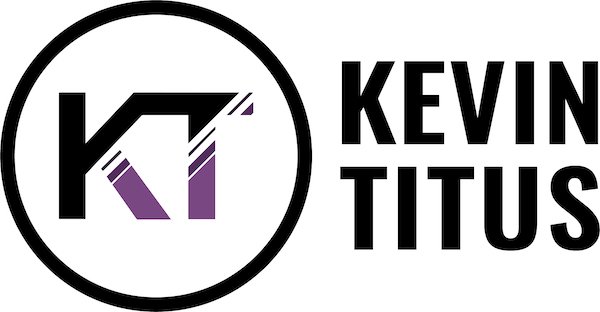Work-For-Hire Agreements: Why You Should Proceed with Caution
A “work-for-hire”, also known as “work made for hire” is a contract where a photographer gives up their ownership rights to their photos, allowing the client to have full control and use the images as they wish.
“That sounds awful,” you might say. “Why would any photographer agree to that?”
And that’s a great question.
While there are instances where agreeing to a Work for Hire might suffice, in many cases, photographers capitulate to Work for Hire agreements because they don’t know any better.
Thus, the point of this article. In this post, we’re going to briefly cover why you need to think carefully before signing a WFH agreement, when it might be acceptable to agree, and how to push back whenever a client asks you to sign one.
Work-for-Hire Agreements Generally Don’t Favor the Photographer
With the rise of social media came a huge demand for digital media, and with that, a surge in the number of people who entered the field of photography. At some point, best business practices like image licensing became less commonly adopted.
Instead, many new photographers make the mistake of overvaluing the dollar amount they earn and not the rights and potential revenue they’re giving up.
As you can imagine, this is problematic.
When you sign a work-for-hire agreement, you’re giving up the copyright to the images you create. Any and every photo does not belong to you. That means any potential revenue that an image would you would otherwise earn from licensing is no longer possible.
Additionally, in some cases, you might not even be allowed to use the images in your portfolio or mention your involvement in the project.
And the coup de grace? WFH fees are typically staggeringly lower than what photographers might otherwise earn under a traditional licensing agreement.
When It Might Make Sense to Agree to Work-for-Hire
By now I hope you realize why WFH terms aren’t great for photographers. Which begs the question again, “Why would any photographer agree to that?”
The short answer: Leverage.
No self-respecting professional photographer would accept a Work-for-Hire agreement over an alternative like image licensing. But sometimes contracts are firm, and depending on the nature of the job, it might make sense to do it.
The few times that I’ve done a Work-for-Hire job, it’s because some or all of the following criteria applied:
The pay was reasonable
The work required was easy and low stress
I retained the right to use the images promotionally
The subject I photographed would enhance my portfolio
It provided a unique opportunity to network
I’d argue that if you could check three things off this list, the job might be worth taking. You just don’t want to set a bad precedent for yourself or the industry by accepting unfavorable contract terms without at least trying to negotiate.
Negotiating Out of a Work-for-Hire Agreement
Speaking of negotiating, always remember that it’s an option whenever you’re presented with terms that you don’t like. A contract is supposed to be an agreement that’s favorable for both parties, after all.
When communicating with the client, make sure to pay attention to the Intellectual Property portion of any contracts they send you. This is where you’ll find how they want to handle the copyright, whether that’s licensing your images from you, buying out your images, or doing a WFH agreement.
Traditionally, photographers have always licensed their photos to their clients depending on the usage of those photos. The client wants to use the images everywhere and forever? They pay a hefty fee. The client wants to use them on their website for one year? They pay a smaller fee.
This is why licensing is such a powerful tool in negotiation, it presents the photographer with an excellent opportunity to make money with their images while also putting the client in the driver’s seat with exactly how they want to use the images for.
With that said, you can always suggest licensing your images to the client in lieu of WFH terms. If the primary benefit of taking the job is being able to use the images in your portfolio, make sure to clarify that you’ll be able to use the images once the project is finished.
Realize though, that sometimes a client’s WFH terms are non-negotiable. For example, many major media networks will almost always require a full buyout for their smaller photography productions. This is when you have to weigh all the variables to decide if taking the job is worth your while.
Conclusion
The truth is, not every job is going to give us the luxury of creating earth-shattering photos for major brands who pay us six figures in creative fees. It’s important that we know our worth as creative professionals, but we also need to consider the value of what we’re being asked to create.
After all, not all images are valued the same. Sometimes your clients just need you to take some uninspired, simple portraits that might see the light of day for six months before disappearing into the internet ether forever. In this case, where the work is simple, if the fee is decent, and you can’t reasonably expect to generate any revenue from that image down the road, a Work-for-Hire agreement might be just fine.
But remember this: It’s your job to stick up for your worth and the value you bring to the table. No one will ever be a bigger advocate for you than yourself. Read your contract terms carefully and don’t be afraid to push for what you need. And if you do have to make concessions, make sure the job is well worth it.
